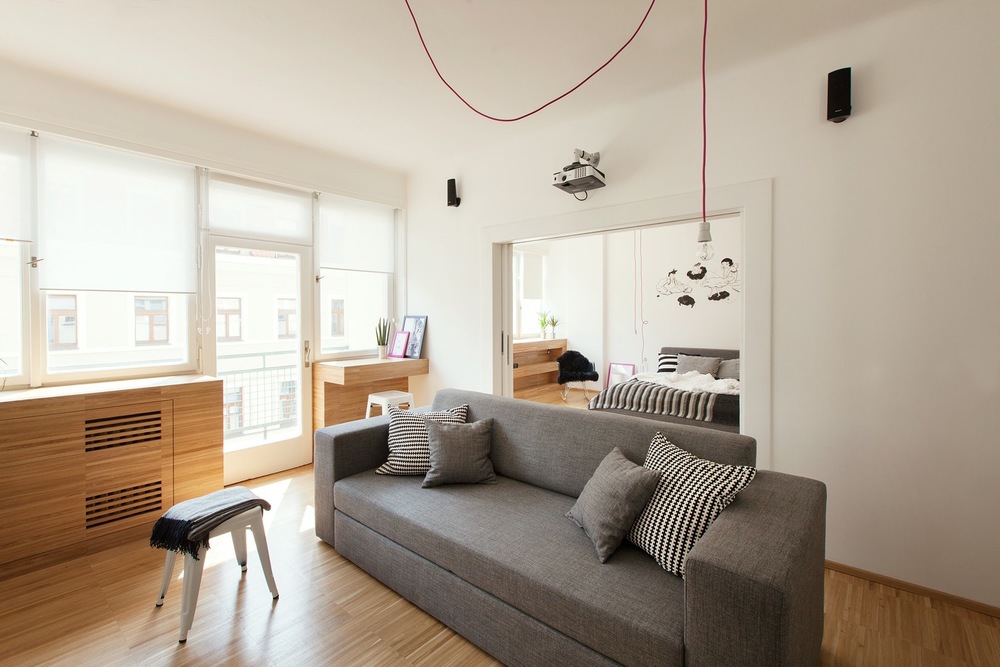Our guests often include couples who want to share a romantic meal together, so we are always asked about Prague restaurants with a great view. Our response is always the same: you pay a premium for a scenic view, and, as a rule of thumb, you can get better value elsewhere. Still, we do understand why people love them: Prague is a beautiful, romantic place with hills, so you want to take advantage of the scenic views.
Yesterday, we tasted the lunch menu at a restaurant with a view, too. But a different view. Located on the top floor of a high rise building, lovingly called the "House of Evil" by Zuzi (she used to work there before we started Taste of Prague), Aureole presents itself as a high-end Asian fusion, which for us would mean it is a direct competitor to SaSaZu, another great outfit in Prague. Both Aureole and SaSaZu have received the Bib Gourmand award from Michelin, which means great value for money. But let's not fool ourselves: it is an upscale restaurant.
We tried the lunch menu, which comes at CZK 390 for a three course-menu, or CZK 590 for a five-course menu. Reserving a table was rather odd: when we called the day before for a 2pm slot, we were told the restaurant was fully booked. However, when we called at 1pm, we were informed we could come at about 2:15pm, and when we did, the restaurant was virtually empty (there was, truth be told, a rather large graduation party going on in the restaurant). Anyway, we recommend reserving the tables soon, and for a later lunch.
The smartest Prague food tours. Cool rental apartment. Awesome pocket wifi device. We’ll turn your Prague trip up to eleven.
Book a tour Get the guide Rent the apartment Rent the pocket wifiLet's clear one thing out upfront: the view is phenomenal, especially on a beautiful day. You see everything, including - a nice bonus - the traffic situation around the entire city. This is Prague how we like it: not just the picturesque old parts of the town, but Prague as a modern, present city. The restaurant offers indoors tables and terrace tables under large shades. The terrace seating is the only smoking area of the restaurant. The music is a nice mix of unobtrusive-electro-meets-Asian-wellness-spa kind of tracks.
The starters: cream of asparagus with poached egg and whole grain croutons, and yellow fin tuna tartar, mango chutney, green leaves salad and Ponzu sauce. While the tuna tartar was nice, offering a nice combination of flavors (especially the sorrel leaves adding nice acidity), the cream of asparagus was the star. We agreed that sometimes it is hard to remember a particular dish even from a very expensive, Michelin star restaurant. We will definitely remember the cream of asparagus: it was light, delicate and tasted like asparagus (unlike many other asparagus soups we have tasted this year).
The mains: Salmon filled and grilled cuttlefish, parsley tagliatelle with spinach leaves and baby Pak Choi, lime skim and prawns chili reduction (which was sold at a CZK 195 surcharge), and pork leg stewed with greed curry, vegetables and baby Pak Choi, jasmine rice. The salmon dish was the winner if we compared the mains. The curry was nice but had no kick whatsoever (and we mean absolutely no kick, even by Czech standards), and we both agreed that the curry dishes at SaSaZu usually add another layer of flavor. While this curry was nice, we did not find it special. The salmon was fresh, had a great taste (just as the calamari and squid) and the tagliatelle were perfectly cooked and had a nice taste.
The dessert (white Paris whipped cream with fresh strawberries and strawberry sorbet) was disappointing: while the cream looked fluffy and light, in reality it was heavy and dense. It was more white chocolate than whipped cream. The strawberry sorbet was delicious, though. Zuzi left the cream barely touched on the plate, and the waitress took it away without asking if everything was ok - that's a big no no, in our eyes. We also had a glass of wine and a Crodino, which were, well, not cheap.
Now, the reservations we may have had are really just niggles: all in all, we liked the lunch, and for CZK 390 (or EUR 15), we definitely recommend it: you get some really good food, which is really nicely presented, a wonderful view, and more. Based on the short impression we got during our lunch, we would stick to the more European style of cooking, and visit SaSaZu for Asian fusion cuisine. The wine is on the expensive side (which is not surprising for a fine dining restaurant) but - lo and behold - you get tap water for free, which is almost a miracle for a place with a view in Prague.
The Aureole restaurant is located near the Pankrac subway stop (the red "C" line), four stops (less than 10 minutes) from the Muzeum stop (i.e. top of the Wenceslas Square).













































